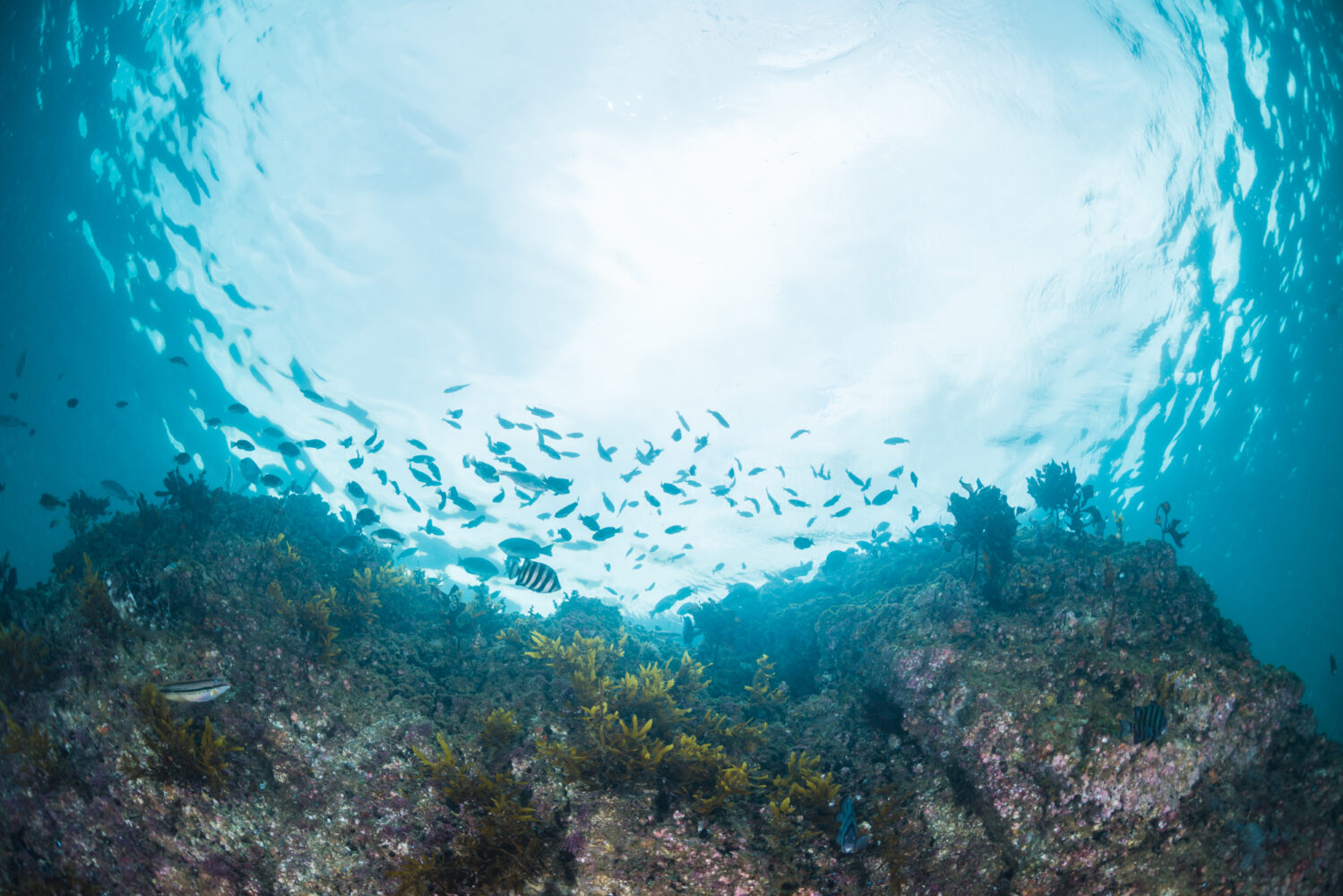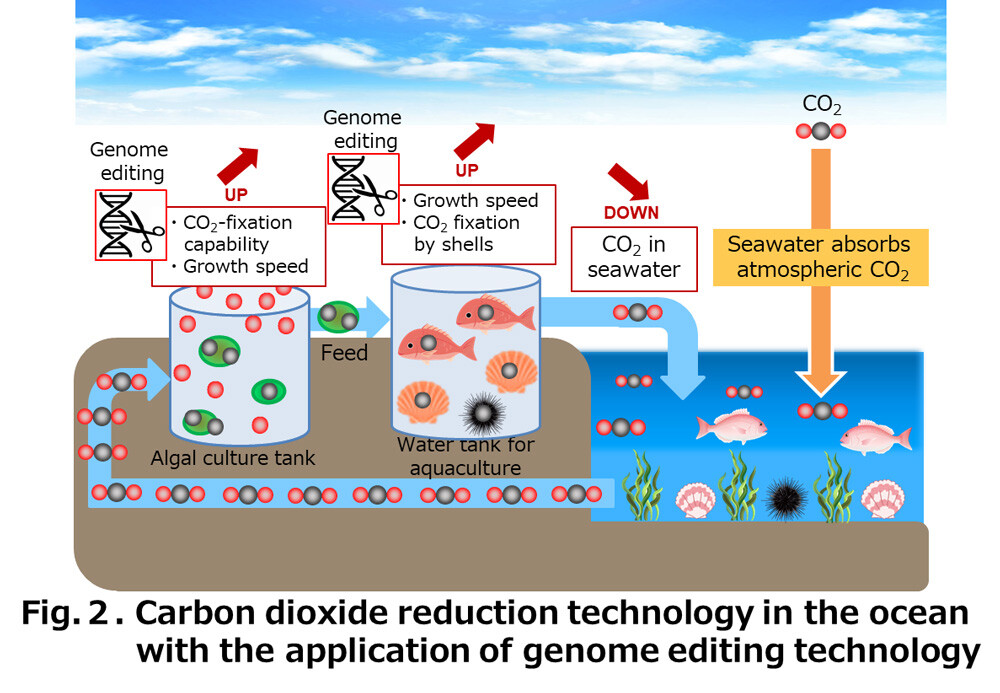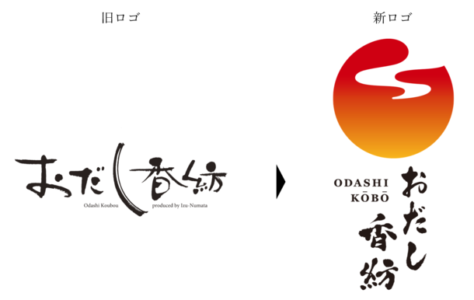Lower ocean CO2 with gene editing to algae carbon cycle
A Japanese company started the world’s first demonstration test of a carbon cycle, applying genome editing technology to algae and seafood, utilizing the food chain to reduce CO2 emissions in the ocean.

Reducing greenhouse gas CO2 is a task that everyone in the world shares.
According to the Sixth Assessment Report of the IPCC, carbon dioxide absorbed and released by the oceans accounts for over 30% of the global total. It is about seven times more than the amount of CO2 released by human activities.
Therefore, technologies to reduce CO2 emissions and increase CO2 absorption in the oceans may provide an effective and new method to reduce the total carbon dioxide level in the atmosphere.

This research is conducted by NTT, a major telecommunications company (a former state-owned enterprise), and Regional Fish (RFI), a genome editing technology start-up.
NTT will focus on the research and development of genome editing technology to increase the amount of CO2 fixation*1 in algae. RFI will work on the R&D of genome editing technology to increase the amount of CO2 fixation within the bodies of fish and shellfish.
And using a land-based aquaculture platform can prevent genome-edited organisms from spreading into the wild.
*Please refer to the related article below for the Islamic view of genome editing technology.

Many people may feel uncomfortable eating seafood fed by algae with higher CO2 content since our understanding of genome editing technology is still lacking. So NTT expects to include non-edible seafood as well.
According to the Japanese newspaper Nikkei, algae that absorb more CO2 could be used to feed the Akoya pearl oyster. These oysters are famous for their pearls. But how fantastic it would be to turn that troubling CO2 into a shiny shell or pearl!
If THIS is possible, it could create a valuable brand image as an environmentally friendly pearl that helps to protect the global environment.
The future development towards its actual application is drawing much attention.
Word Meaning:
*1 Carbon dioxide fixation is the process of converting inorganic carbon such as carbon dioxide into organic carbon such as sugar and taking it into the body.
Related Article (for Islamic view on genome editing):
World’s first gene edited fish now on the market
We have a network of Japanese companies keen to expand into the Halal market in Malaysia & Indonesia.
If you are interested in connecting with sustainable technology companies in Japan, simply JOIN the network from below. We will match the right one for you!




